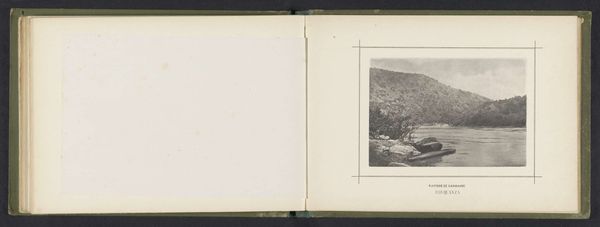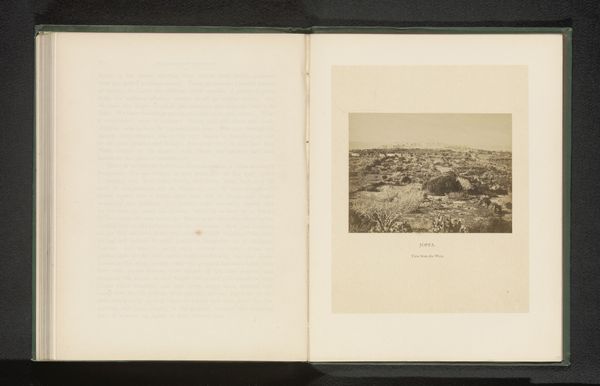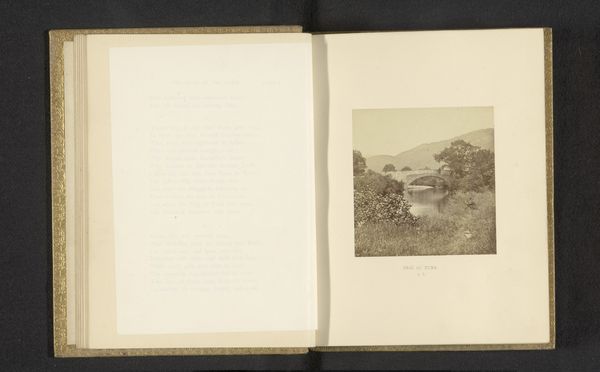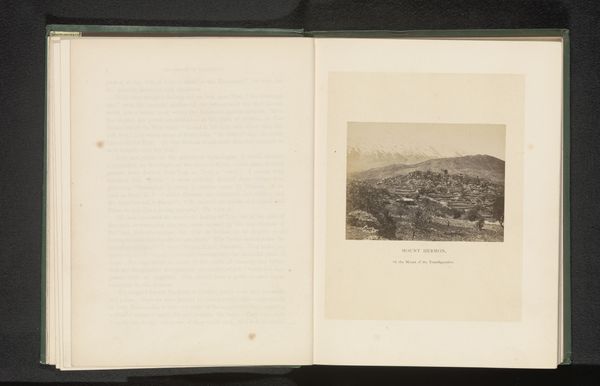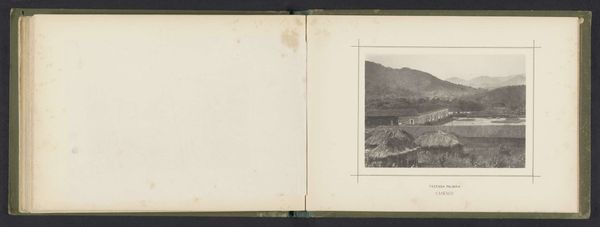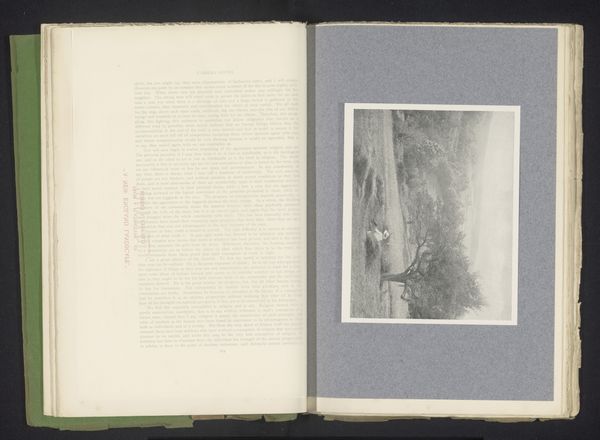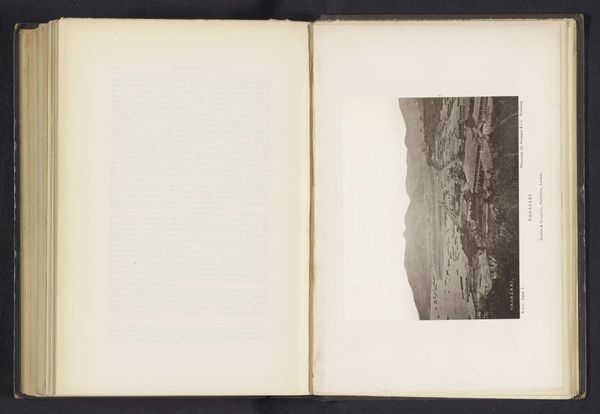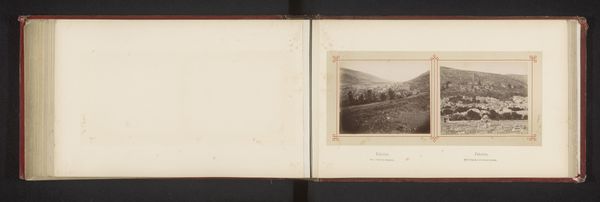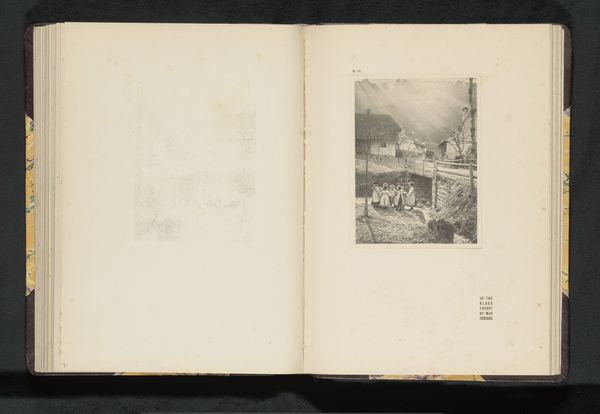
#
aged paper
#
homemade paper
#
paper non-digital material
#
paperlike
#
personal journal design
#
paper texture
#
folded paper
#
thick font
#
paper medium
#
historical font
Dimensions: height 78 mm, width 98 mm
Copyright: Rijks Museum: Open Domain
This is a photograph titled "Ain-et-Tin. The supposed site of Capernaum" made by Francis Bedford in the 19th century. The collodion process was used to create this image, a technique that required coating a glass plate with a light-sensitive chemical, exposing it in a camera, and then developing it immediately. Consider the labor involved in this process. Each photograph required meticulous preparation and handling, a far cry from the instantaneity we associate with photography today. The final print on paper bears witness to this effort. The tones, ranging from warm sepia to cool grays, are a direct result of the chemical reactions that occurred during development. The texture of the paper adds another layer of tactility. Bedford's choice of subject matter also speaks volumes. By documenting historical and biblical sites, he was catering to a growing Victorian interest in travel and exploration, fueled by the expansion of the British Empire. This photograph, therefore, is not merely a representation of a place, but a cultural artifact embedded in the social and economic context of its time, reminding us that even the most seemingly straightforward image is the product of a complex network of materials, processes, and human intention.
Comments
No comments
Be the first to comment and join the conversation on the ultimate creative platform.
